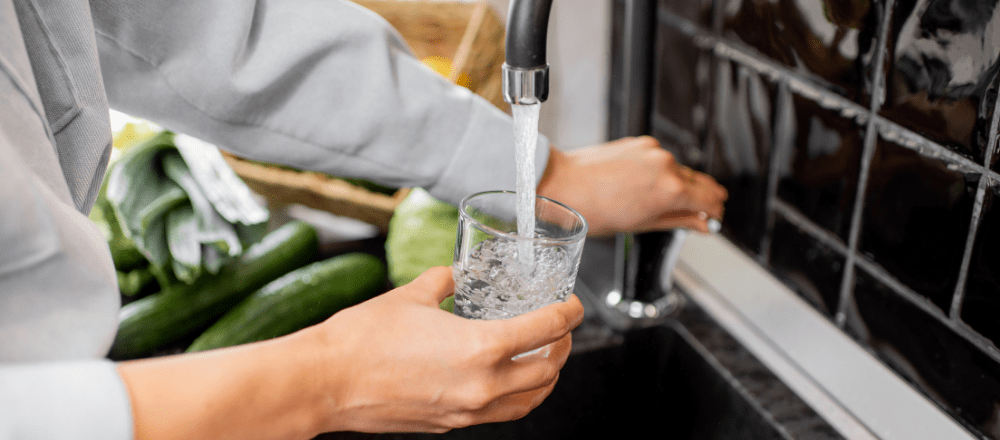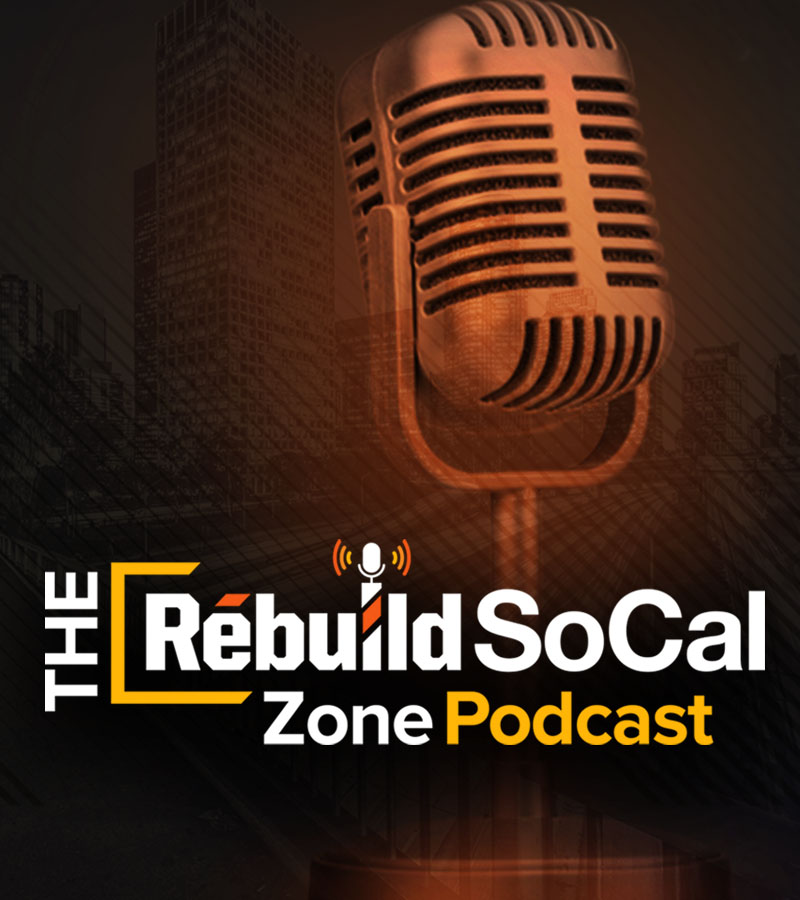As Southern California’s water supply faces long-term threats brought on by climate change, it may be a good time to review: Where does the water we use in our homes come from? And how do we ensure its reliability as drought conditions worsen?
Water travels a great distance to get to our faucets.
About 25 percent of the water used in Southern California comes from the Colorado River. Another 30 percent comes from the Northern Sierras via the State Water Project. The remaining 45 percent comes from a mix of what is considered local supplies, which includes the City of Los Angeles’ eastern Sierra deliveries as well as recycling, desalination, and groundwater supplies.
Colorado River Aqueduct
The Metropolitan Water District of Southern California (MWD) was formed in 1928 to build an aqueduct to bring water from the Colorado River, across the Mojave Desert, to Southern California. The 242-mile system includes an open aqueduct, siphons, five pumping plants, reservoirs, and massive 16-foot wide tunnels that vary in length from 338 feet to 18.3 miles.
State Water Project
Capable of delivering water to 27 million Californians and three-quarters of a million acres of farmland, the California State Water Project is the largest state-built water and power system in the nation. The project spans more than 700 miles, taking water sourced from snowpack and rainfall in the Sierra Nevada Range to supply water to wholesalers throughout the state.
Los Angeles Aqueduct
The Los Angeles Aqueduct was designed and built-in 1913 by the City of LA’s water department under the supervision of William Mulholland. A second parallel aqueduct was built in 1970. The 233-mile system starts in the Owens Valley in the Eastern Sierra Nevada, delivering water from the Owen’s River to Los Angeles.
Looking for drought-proof water supplies.
As climate change, drought, and growing demand dramatically reduce water supplies, municipalities are looking to a variety of local alternatives, including wastewater recycling, to meet future water demands while reducing dependence on imported water.
The Pure Water San Diego Program will clean recycled water to produce high-quality drinking water and provide more than 40% of San Diego’s water supply locally by the end of 2035.
In Orange County, the Ground Water Replenishment System is the world’s largest water purification system for indirect potable reuse. The system takes highly treated wastewater that would have previously been discharged into the Pacific Ocean and purifies it to produce high-quality water that meets or exceeds drinking water standards.
Stay tuned for next week’s newsletter where we will dive into MWD’s Regional Recycled Water Program in Carson, CA.
Keep up-to-date on important infrastructure issues by signing up for the Rebuild SoCal Partnership newsletter. Follow us on Facebook, Twitter, and Instagram, and listen to The Rebuild SoCal Zone podcast.

